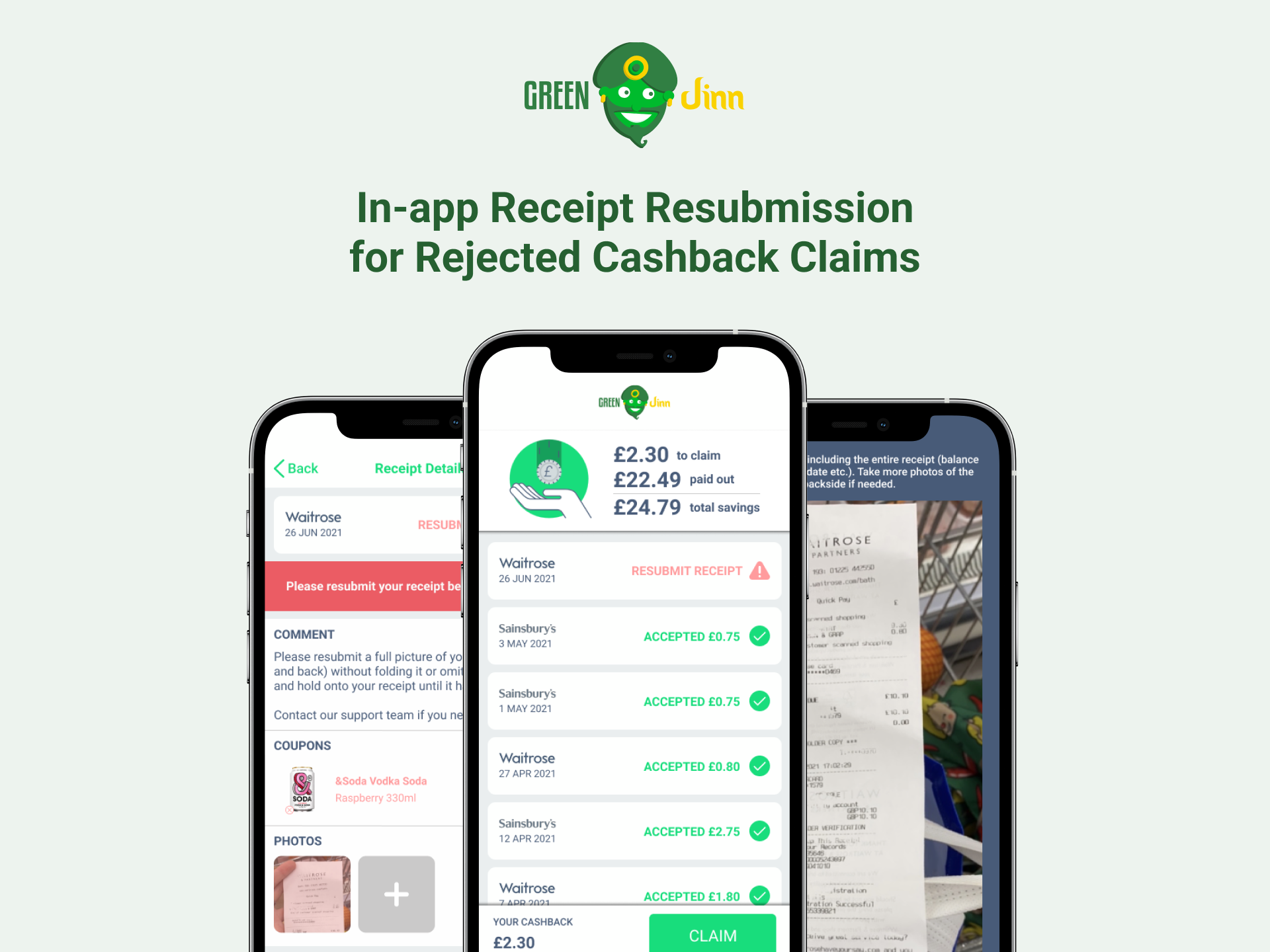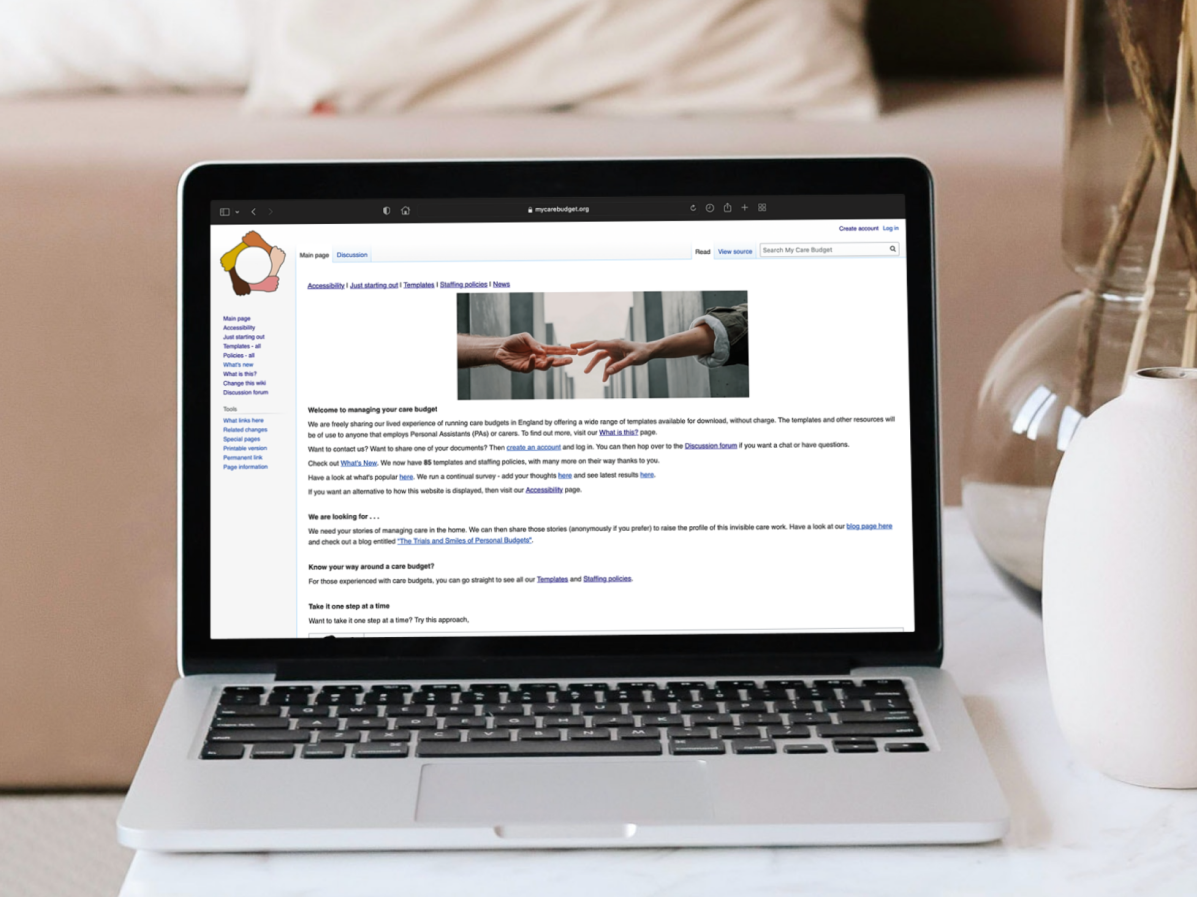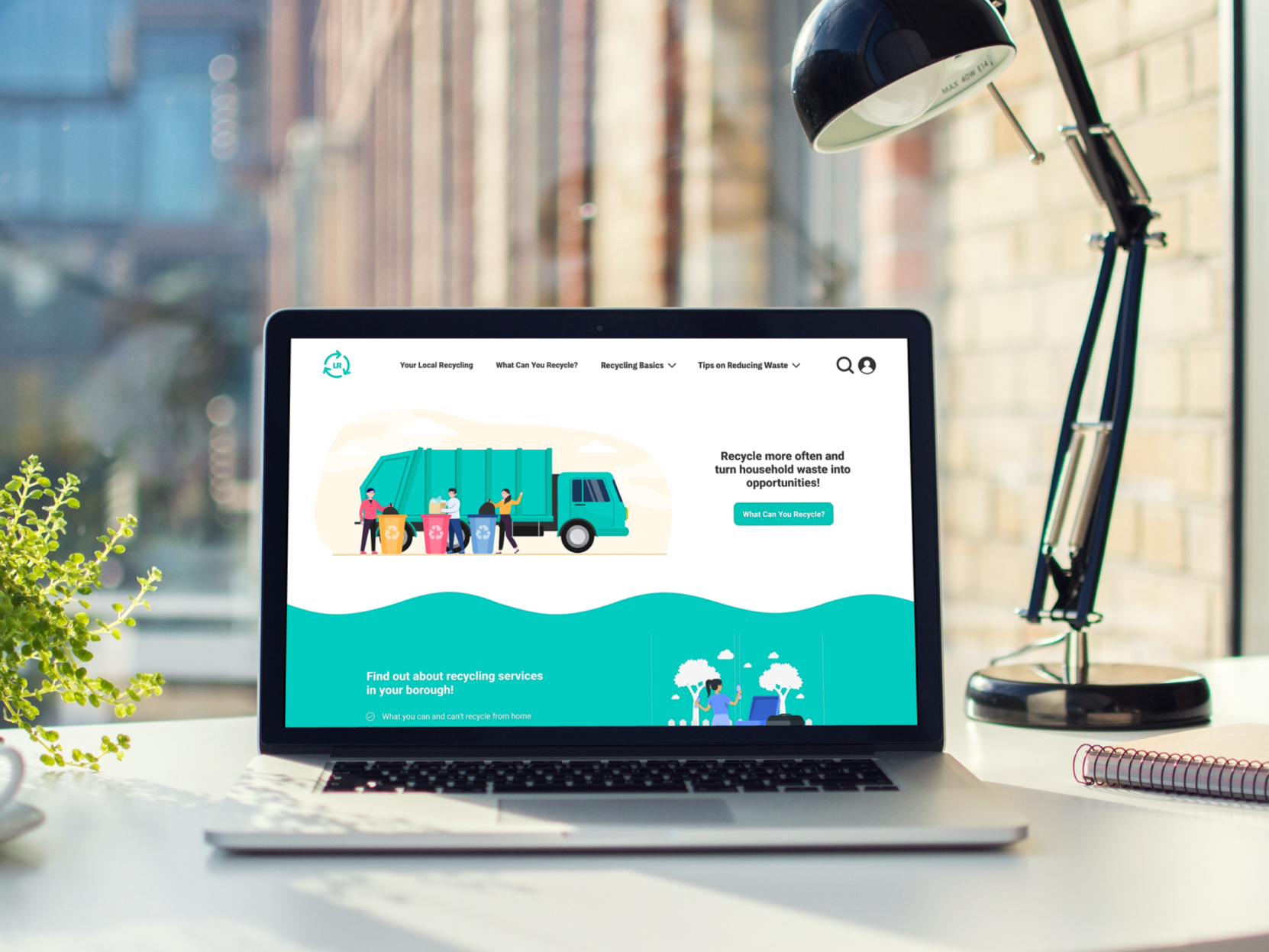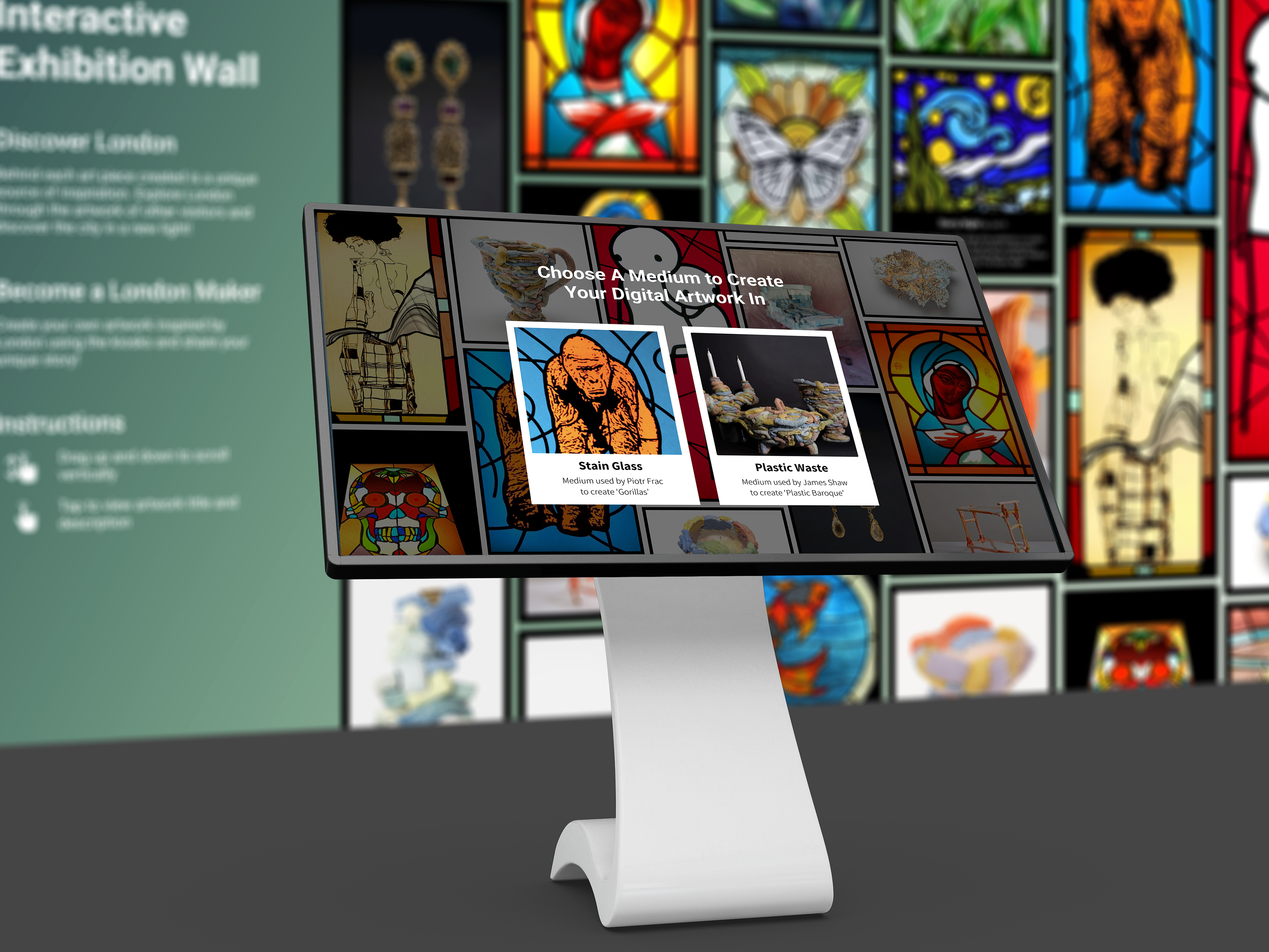Skills & Tools
Usability Testing, Remote Moderated Evaluation, SUPR-Q, SEQ, Zoom
Client Background
Urban Synergy is a youth empowerment charity committed to inspire and provide support for young people through mentorship, seminar talks, and work experience opportunities at renowned firms.
Client Brief
The charity is in the process of updating their website and was hoping to improve usability and user experience and find ways to better support website objectives:
- To provide information on their youth empowerment programs
- To encourage organisations to become a corporate sponsor and drive Role Model/ Mentor sign-ups
Design Process
Time Period: Feb - Mar 2022
Tool: Urban Synergy website, Zoom
Study Planning
Based on client brief, scope and methodology was defined.
Scope
To investigate usability and user experience of Urban Synergy’s website with specific focus on:
1) First impression via Home Page
2) Key user journeys
a) Becoming a corporate sponsor
b) Becoming a mentor
c) Becoming a mentee
d) Making a donation to Urban Synergy
3) Findability of information for:
a) Organisations considering to become a sponsor
b) Parents of a potential mentee
Methodology
See full plan of action in test script.
Qualitative user testing was conducted remotely in which participants were asked to complete tasks while thinking aloud. Observation was performed and data was collected based on their interactions and expressed thoughts.
Example Tasks
Quantitative metrics was also collected to understand effectiveness and satisfaction of each task and at the end of the usability test. They can also be used as benchmark for future iterations of design or competitors’ sites.
- Task Success Rate: fail = problematic)
- Directness of Navigation: direct = smooth navigation)
- Single Ease Question (SEQ): indicates users’ perception of their experience)
- SUPR-Q: Questionnaire that measures users’ perception of the overall website regarding usability, credibility and trust, loyalty and appearance
SEQ Likert Scale
Participants
Screening and Recruitment
Based on key journey on the website, three distinct user groups were identified and were set as inclusion criteria.
Due to budget and ethical constraints, only 4 participants, consisting of students and professionals, were recruited. However, this was deemed sufficient as the objective is to identify usability problems, which should be similarly experienced among user groups.
Demographics
In addition, participants were asked regarding their previous experience using charity and mentorship websites.
Data Analysis
Recording of each session was reviewed and findings were documented. Usability problems were grouped if they share the same cause or design solution, and transferred onto a rainbow spreadsheet.
Severity score was assigned according to their frequency of occurrence, impact/ easiness to overcome, persistence as well as market impact.
Nielsen's Severity Score Scale
Findings
Overall Experience - 2.3/ 5
Urban Synergy’s website is 44.8% better than all other websites, but not as strong as the top 55.2%.
Recommendations
4 key recommendations are made according to uncovered usability issues. Problems that hindered key objectives of the website, or rated level 4 in terms of severity were prioritised.
Conclusion
Short term: Immediately resolve level 4 catastrophic usability issues as they will continue to hinder users’ interaction with the website and their overall experience.
Long term: Address usability issues with level 3, 2 and 1 severity, and conduct another around of usability testing following the same methodology. Compare findings with benchmarks to measure design effectiveness and ROI.
Project Reflection
Overall, usability evaluation was a success as findings provided Urban Synergy a better understanding on their website's usability and user experience according to brief.
The coursework was awarded a Distinction grade (82%) and was sent to the client after marking to help inform design decisions ahead of website redesign.
If more time was permitted, it would be beneficial to recruit more participants to the study, further strengthening results or uncover other usability problems.




